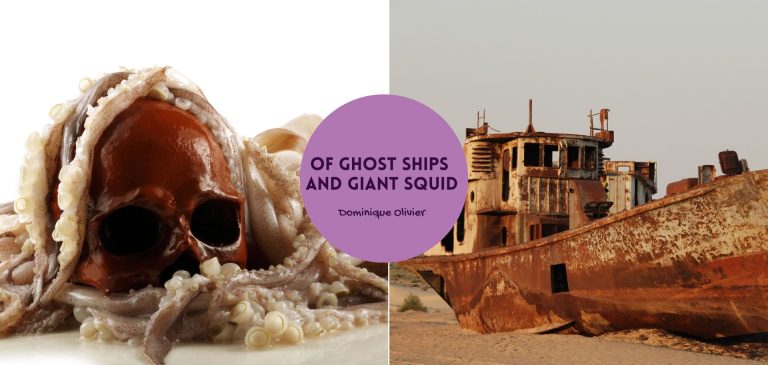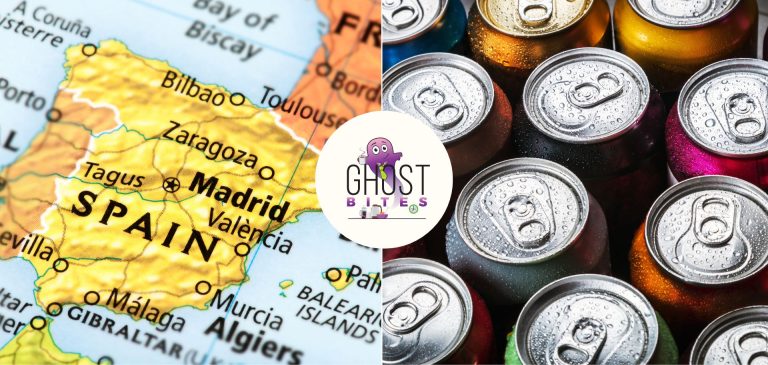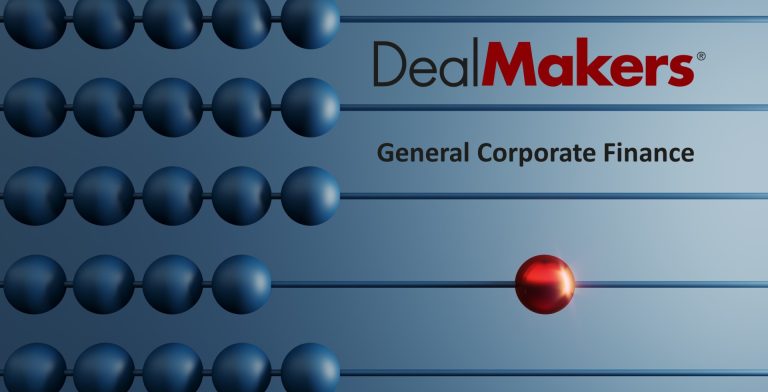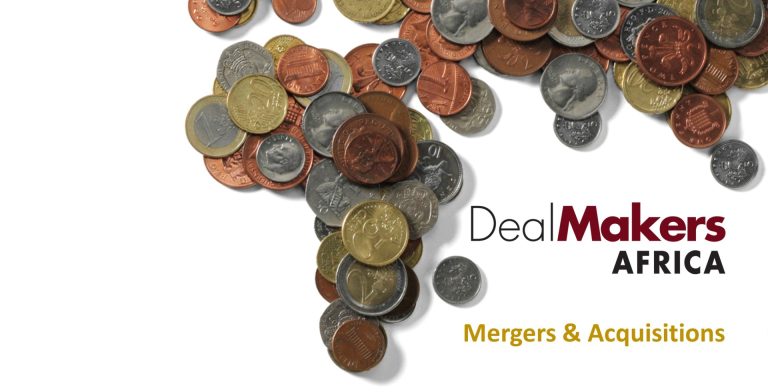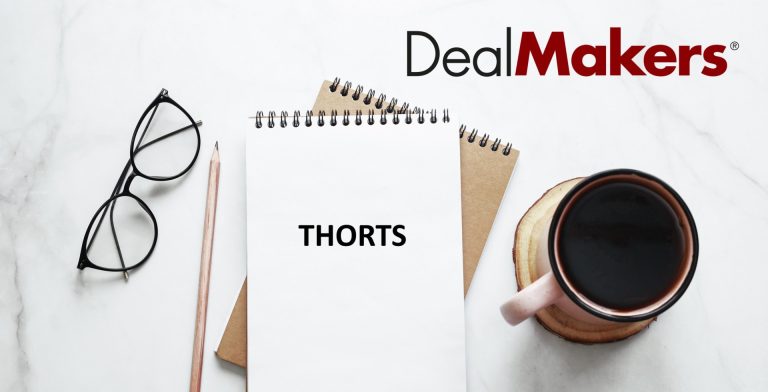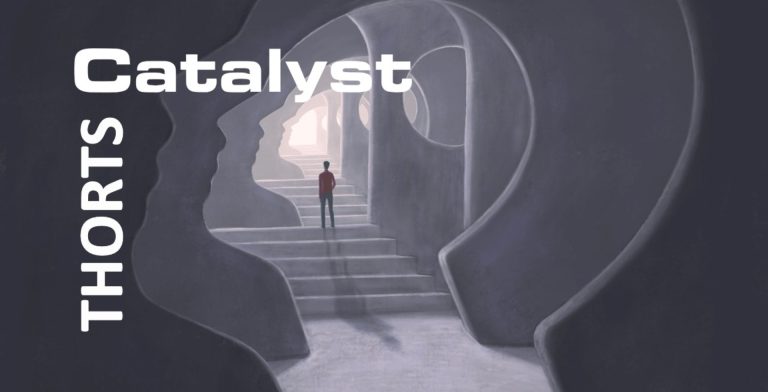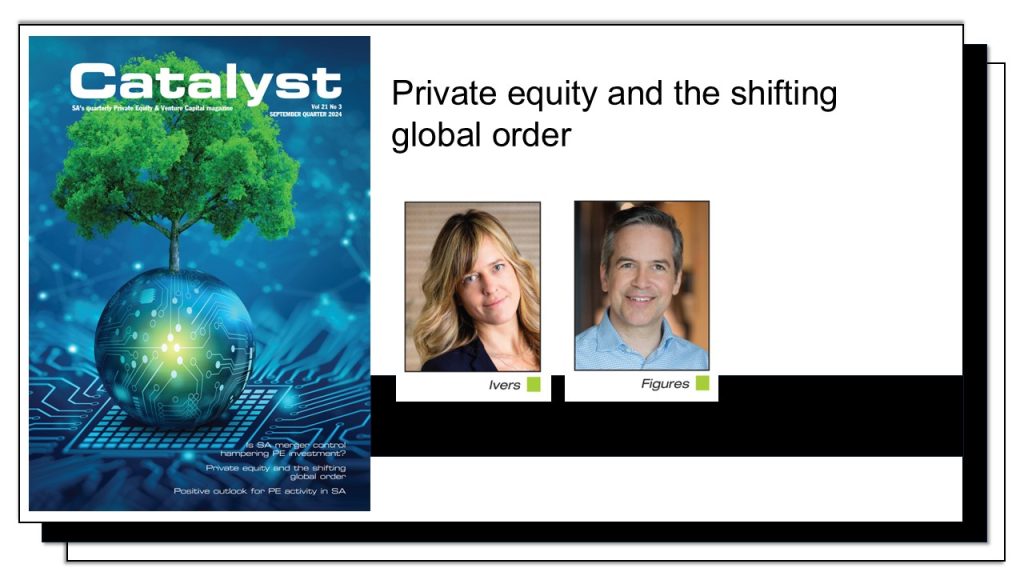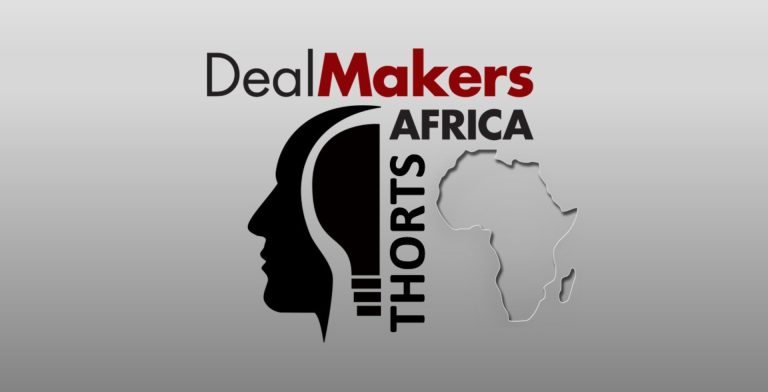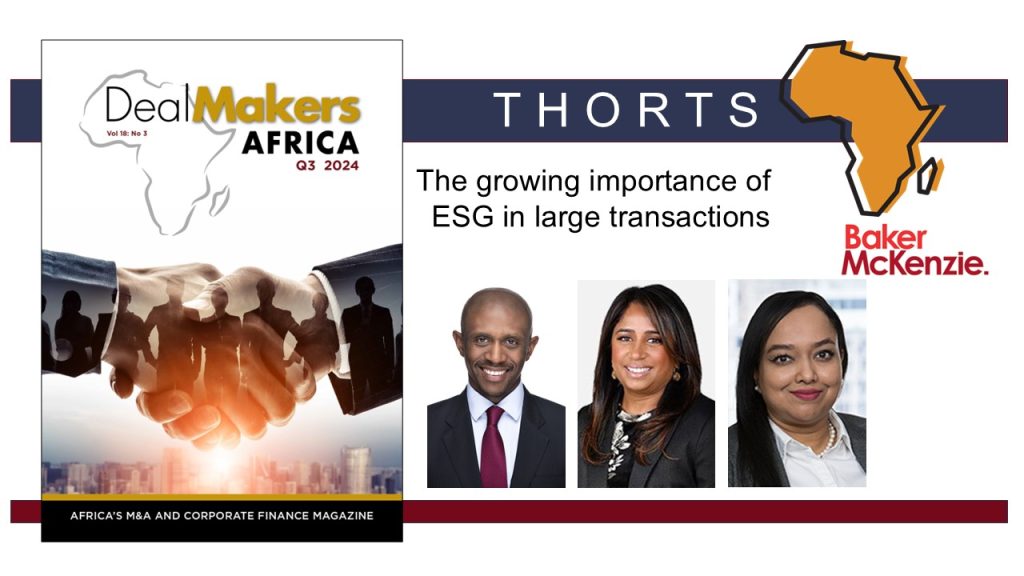I love a good ghost story – and ghost ships provide some of the best material. Maybe it’s the added mystery that comes from the vastness of the ocean and all that we still don’t know about it. It reminds me a lot of outer space, but within our reach. Who knows what’s really out there except the unfortunate crewmembers who disappear like mist, leaving their ships to sail the seas unmanned?
Most of us associate the idea of a ghost ship with the spectral masts-and-sails image (typically modelled after the Flying Dutchman), but the term actually applies to any ship, boat or other water vessel found adrift. In some instances, that means that the entire crew is deceased but still on board. In other, more mysterious circumstances, a vessel will be found adrift and completely abandoned. Such is the case with the puzzling story of the Mary Celeste.
Mysterious Mary
At about 1 PM on December 4, 1872, the brigantine Dei Gratia came across something strange between the Azores and Portugal. Captain Morehouse was called to the deck and told that the helmsman had spotted a vessel behaving strangely, its course unsteady and its sails oddly set. From almost 10 kilometres away, the sight already suggested something wasn’t right. As the two ships drew closer to each other, it became clear that there were no signs of life aboard the mystery vessel, and attempts to signal her went unanswered. Concerned, Captain Morehouse ordered first mate Oliver Deveau and second mate John Wright to row over and investigate.
The name on the stern confirmed it: this was Mary Celeste, a merchant brigantine that had embarked from New York just eight days before the Dei Gratia itself had set sail. The two ships had received their cargo from the same port, and their captains knew each other. But the ship’s condition presented a puzzle. Her sails were partly set but in poor shape, with some torn and others missing entirely. Rigging dangled in disarray, with ropes trailing over the sides. The main hatch was securely in place, but the fore and lazarette hatches were wide open, their covers lying nearby. Passengers, captain and crew were completely absent, and the ship’s single lifeboat was gone.
Below deck, water about one metre deep sloshed in the hold. While this was not ideal, it was far from catastrophic for a ship of her size, and nowhere near enough to cause her to be in danger of sinking. An improvised sounding rod, which would have been used to measure the amount of water in the hold, lay abandoned on the deck, as if whoever had used it had left in a hurry.
In the mate’s cabin, Deveau found the ship’s log, with its final entry dated nine days earlier, on November 25. At that time, the Mary Celeste had been near Santa Maria Island in the Azores, some 400 nautical miles (about 740 kilometres) away. No issues with either the ship or the crew were noted.
The cabin interiors were damp and untidy from seawater seeping through open doorways and skylights, but otherwise intact. Captain Briggs’ cabin still held personal items, including a sheathed sword under the bed. The ship’s papers and navigational tools, however, were missing. The galley offered more clues. While the equipment had been tidily stowed, there was no food in preparation or evidence of a recent meal, despite the stores being well-stocked with provisions. There were no obvious signs of violence, fire, or any other calamity. Everything suggested the crew had departed in an orderly manner, taking the lifeboat with them. They were never seen or heard from again, and the lifeboat was never retrieved.
Yet the unanswered questions hung heavy: why would an experienced captain abandon a seaworthy vessel with ample supplies? Why were the hatches open, and what was the significance of the sounding rod on the deck? What had happened in the nine days since the last log entry? For Morehouse and his crew, what started as a chance encounter with a drifting ship became one of the most baffling maritime mysteries of all time. And where mystery presented itself, theory soon followed.
Hazard a guess
In the 152 years since the discovery of the Mary Celeste, there have been no real answers to the questions about what happened to her or her crew. There are plenty of guesses though, ranging from the political to the paranormal:
- Alcohol explosion (or the threat of one): The Mary Celeste was transporting a cargo of 1,701 barrels of alcohol on her last voyage. A common theory is that the barrels of denatured alcohol in the hold released fumes, leading the crew to fear an imminent explosion. Although there was no evidence of fire, the panic might have driven them to abandon the ship hastily in the lifeboat.
- Piracy: Some suggest the crew might have been victims of piracy or mutiny, though no signs of struggle or violence were found on the vessel and nothing was stolen. The ship’s valuable cargo of alcohol was found intact and untouched.
- Natural phenomena: Hypotheses include rogue waves or waterspouts, which could have damaged the ship or swept crewmembers overboard. Due to the fact that the ship’s hull was found in perfect condition, this seems unlikely. This theory also doesn’t explain the missing navigational instruments, which would have been safe from the elements in a cabin.
- Insurance fraud: Some speculate that the abandonment might have been staged to commit insurance fraud, although this remains unproven. While the ship’s cargo was valuable and heavily insured as a result, no insurance claim was ever made. The ship’s owner was also her captain, and he was never heard from again.
- The paranormal: Supernatural accounts, though less credible, propose the involvement of alien abductions, ghostly forces, and even the Bermuda Triangle (which is in a completely different part of the Atlantic ocean and nowhere near where the Mary Celeste was found).
- Giant squid: In Chambers’ Journal, dated September 17, 1904, the fate of the Mary Celeste’s crew is attributed to a squid of legendary proportions. The suggestion is that the crew was supposedly picked off, one by one, by an enormous marine predator lurking beneath the waves. The Natural History Museum lends some credibility to the popular maritime monster myth, noting that giant squid (Architeuthis dux) can grow up to 15 meters in length and have been known to lash out at ships. Still, the giant squid makes for an unlikely villain in the Mary Celeste’s story. As maritime historian Begg aptly points out, even if such a creature had managed to snatch a crew member or two, it wouldn’t explain the missing lifeboat, or why a sea monster would run off with the captain’s navigational instruments.
The many modern Mary Celestes
It’s easy to place the Mary Celeste in the past. Her story seems to belong so naturally in an era of wooden ships and navigation by instrument, not app. The world before global positioning seems like the right setting for people to just disappear without a trace.
And yet, a version of the same story is still playing itself out today.
Every year, Japanese shores are met with the haunting arrival of hundreds of derelict vessels. These modern ghost ships are often battered and barely seaworthy. Sometimes they carry the remains of their crew, and other times they are completely abandoned. Their markings identify the vast majority of these ships as North Korean.
The prevailing belief is that these modern ghost ships are a result of North Korean fishermen venturing too far from shore. Squid, a staple of the North Korean diet, is becoming harder and harder to find, due to illegal Chinese fishing activity depleting stocks along the North Korean coast. The Chinese squid fishing fleet in North Korean waters has at times numbered up to 800 vessels and has caused a 70% decline in squid stock in those waters. According to Global Fisheries Watch “This is the largest known case of illegal fishing perpetrated by a single industrial fleet operating in another nation’s waters.”
As a result, North Korean fishermen are travelling further from shore in boats that are old, lacking in powerful modern engines, and usually with no GPS. Without adequate supplies or proper navigational equipment, they may become stranded, succumbing to exposure, starvation, or harsh sea conditions before drifting to the nearest shore. Hence, the ghost ships of the modern age.
While this is undeniably a tragic outcome (and a grim look at the real-life consequences of overfishing and lax regulations at sea), there is a part of me that is tickled by the fact that squid are once again suspected to be the cause for the ghost ship phenomenon. While the squid at the heart of the North Korean story are regular-sized, I wouldn’t be too quick to rule out the giant-sized variety, perhaps waiting for a meal just off the coast of Japan in a game of reverse-sushi.
About the author: Dominique Olivier

Dominique Olivier is the founder of human.writer, where she uses her love of storytelling and ideation to help brands solve problems.
She is a weekly columnist in Ghost Mail and collaborates with The Finance Ghost on Ghost Mail Weekender, a Sunday publication designed to help you be more interesting.
Dominique can be reached on LinkedIn here.

